当前位置:网站首页>Introduction to PostgreSQL
Introduction to PostgreSQL
2022-08-10 20:56:00 【The wind cloud edge】
Article table of contents
PostgreSQL
PostgreSQL originated in the Department of Computing at the University of California, Berkeley, and was originally conceived in 1986 as the Berkley Postgres Project.In 1995, developers Andrew Yu and Jolly Chen added a SQL translator to Postgres and released it in the open source community, called Postgres95. In 1996, the developers again made major changes to Postgres95 and made it PostgresSQLVersion 6.0 is officially released.
PostgreSQL is a powerful open source object-relational database system that uses and extends the SQL language and incorporates many features to securely store and scale the most complex data workloads.It has earned a strong reputation for its proven architecture, reliability, data integrity, robust feature set, scalability, and the open source community's dedication to the software's continuous delivery performance and innovative solutions.PostgreSQL runs on all major operating systems, has been acid compatible since 2001, and has powerful plugins such as the popular PostGIS geospatial database extender.Since MySQL was acquired by Oracle, PostgreSQL has gradually become the open source relational database of choice.
Features
Data Type
- Basic types: Integer, Numeric, String, Boolean
- Structure types: Date/Time, Array, Range / Multirange, UUID
- Document Types: JSON/JSONB, XML, Key-value (Hstore)
- Geometry types: Point, Line, Circle, Polygon
- Custom Types: Composite, Custom Types
Integrity constraints
- Data unique constraint, not null constraint
- Primary key constraints
- Foreign key constraints
- Exclude constraints
- Explicit locking, Advisory locking
Concurrency, performance
- Index: B-tree, composite index, expression index, local index
- Advanced Indexing: GiST, SP-Gist, KNN GiST, GIN, BRIN, Covering Index, Bloom Filter
- Sophisticated query planner/optimizer, index scan only, multi-column statistics
- Transactions, Nested Transactions
- Multi-version concurrency control
- Parallel read query and build B-tree index
- Table partitioning
- All transaction isolation levels defined in the SQL standard, including Serializable
- Just-in-time (JIT) compilation of expressions
Reliability
- Write Ahead Log (WAL)
- Data replication (asynchronous, synchronous, logical): For Web applications, the characteristics of replication are very important. PostgreSQL can achieve synchronous, asynchronous, and semi-synchronous replication.PostgreSQL's replication is based on WAL and can achieve synchronous replication.At the same time, PostgreSQL also provides stream replication.
- point-in-time recovery
- Active Backup
- Tablespace
Security
- Authentication methods: GSSAPI, SSPI, LDAP, SCRAM-SHA-256, certificate, etc.
- Robust access control system
- Column and row level security
- Multi-factor authentication using certificates and additional methods
Scalability
Stored Functions and Procedures
Procedural languages: PL/PGSQL, Perl, Python (and more)
SQL/JSON path expressions
Foreign Data Wrapper: use standard SQL interface to connect to other databases or streams
Customizable table storage interface
Many extensions provide additional functionality, including PostGIS
Internationalization, text search
Supports international character sets, such as sorting by ICU
Case-insensitive and accent-insensitive collation
Full Text Search
边栏推荐
- MySQL数据库的主从复制部署详解
- 【CMU博士论文】视频多模态学习:探索模型和任务复杂性,152页pdf
- Apache DolphinScheduler 3.0.0 正式版发布!
- (十二) findContours函数的hierarchy详解
- Auto.js找图找色常用功能
- Go程序员进化史
- mysql----group by、where以及聚合函数需要注意事项
- idea插件 协议 。。 公司申请软件用
- 实施MES管理系统前,这三个问题要考虑好
- @Autowired annotation --required a single bean, but 2 were found causes and solutions
猜你喜欢

mysql性能监控与执行计划
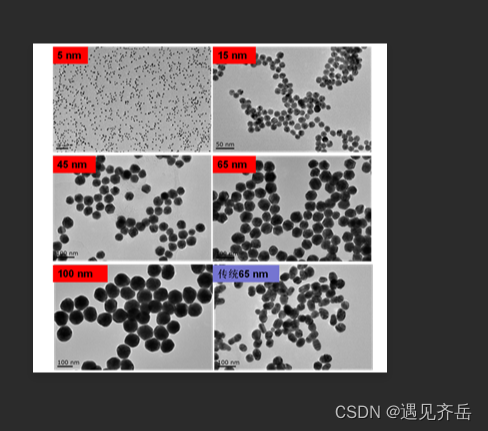
铱钌合金/氧化铱仿生纳米酶|钯纳米酶|GMP-Pd纳米酶|金钯复合纳米酶|三元金属Pd-M-Ir纳米酶|中空金铂合金纳米笼核-多空二氧化硅壳纳米酶

ansible各个模块的详解和使用

知识图谱Knowledge Graph
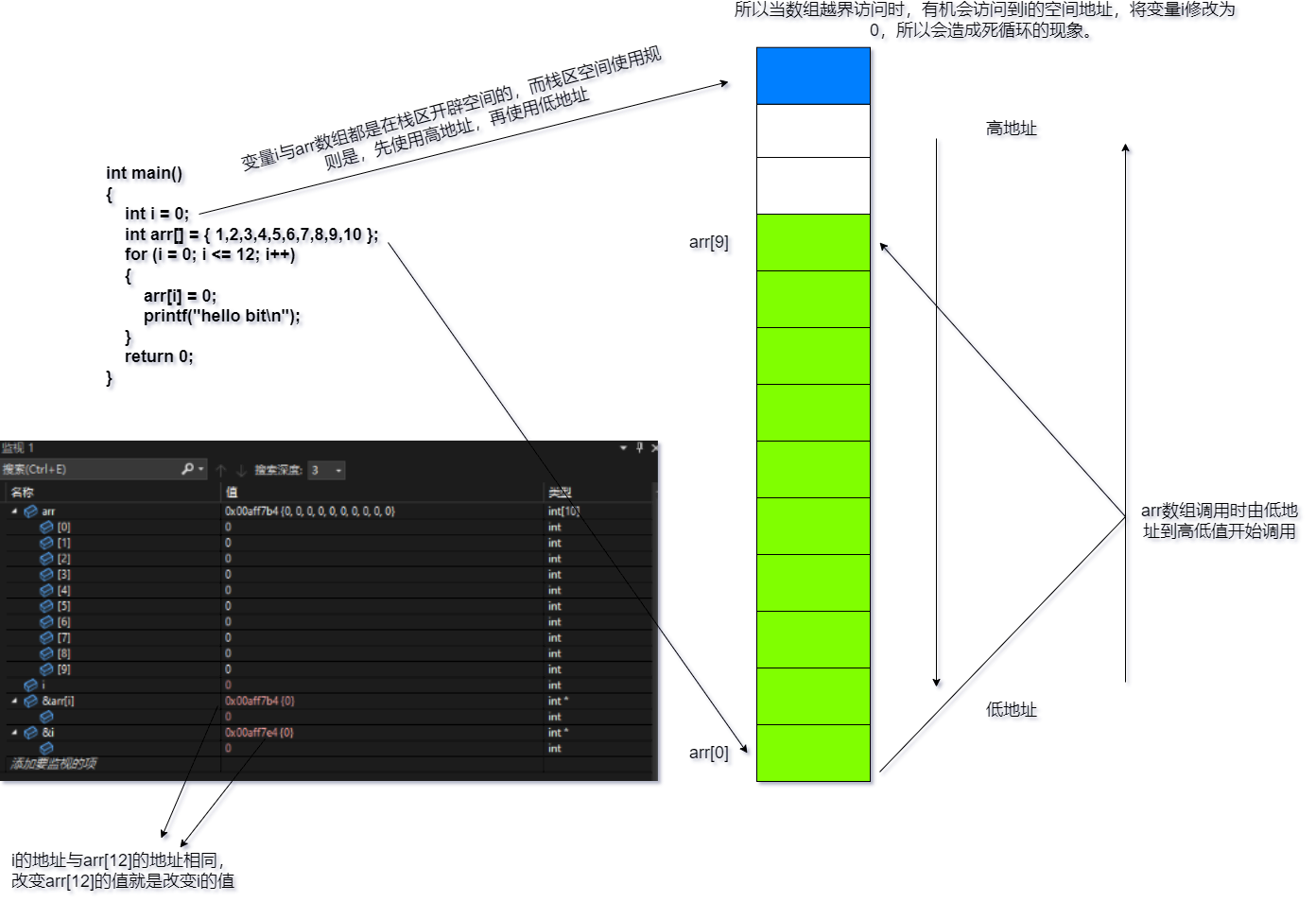
C语言详解系列——关于调试那些事
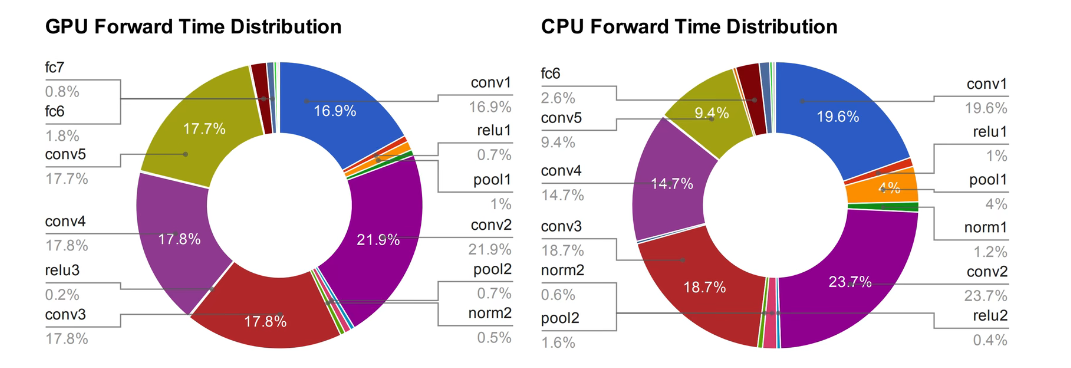
【图像分类】2017-MobileNetV1 CVPR
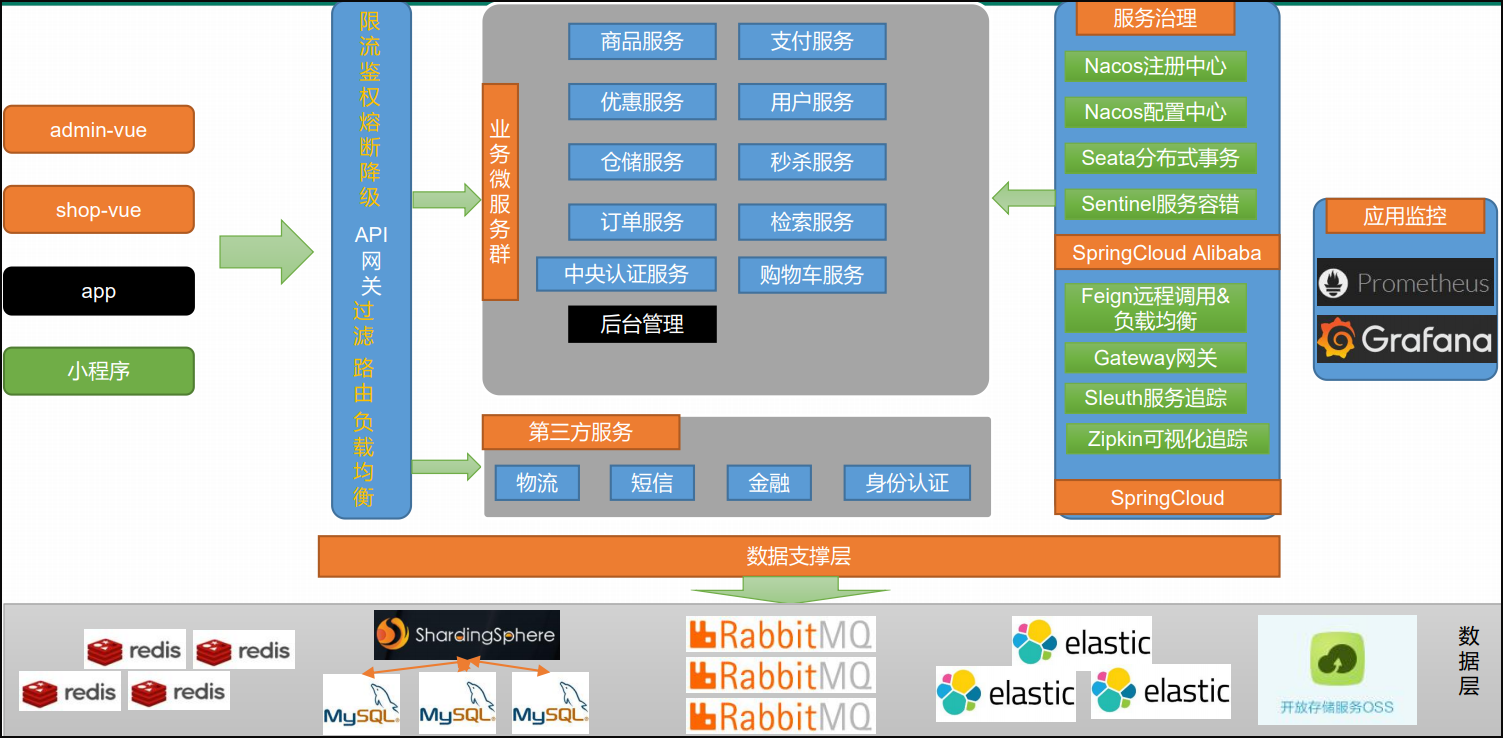
《分布式微服务电商》专题(一)-项目简介

电脑开不了机是什么原因?
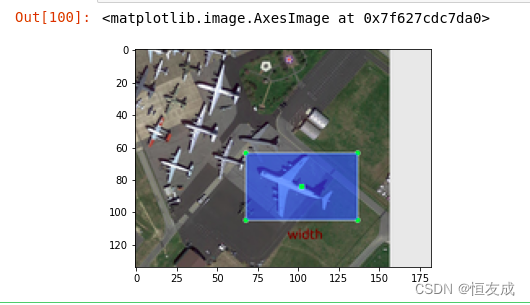
(十)图像数据的序列与反序列化

Iridium Ruthenium Alloy/Iridium Oxide Biomimetic Nanozyme | Palladium Nanozyme | GMP-Pd Nanozyme | Gold-Palladium Composite Nanozyme | Ternary Metal Pd-M-Ir Nanozyme |shell nanozyme
随机推荐
面向未来的 IT 基础设施管理架构——融合云(Unified IaaS)
Auto.js找图找色常用功能
Echart饼状图标注遮盖解决方案汇总
npm warn config global `--global`, `--local` are deprecated. use `--location=global` instead.
leetcode:45. 跳跃游戏II
水溶性合金量子点纳米酶|CuMoS纳米酶|多孔硅基Pt(Au)纳米酶|[email protected]纳米模拟酶|PtCo合金纳米粒子
日期选择器组件(限制年份 设定仅展示的月份)
1D Array Dynamics and Question Answers
npm‘ 不是内部或外部命令,也不是可运行的程序 或批处理文件
单选点击可取消功能
A fullGC problem troubleshooting caused by groovy
苹果字体查找
servlet映射路径匹配解析
The servlet mapping path matching resolution
Knowledge map Knowledge Graph
[SemiDrive source code analysis] [MailBox inter-core communication] 52 - DCF Notify implementation principle analysis and code combat
Web3中值得关注的基础设施
【二叉树】二叉搜索树的后序遍历序列
转铁蛋白Tf功能化β-榄香烯-雷公藤红素/紫杉醇PLGA纳米粒/雷公藤甲素脂质体(化学试剂)
"POJ 3666" Making the Grade problem solution (two methods)